Teachers Plagiarism Checker - AI-Powered Plagiarism Detection

Welcome to the Teachers Plagiarism Checker.
Ensuring Academic Integrity with AI
Analyze the following text for potential plagiarism:
Evaluate this document for academic integrity:
Check this submission for instances of copied content:
Review this essay for originality and provide a plagiarism report:
Get Embed Code
Overview of Teachers Plagiarism Checker
Teachers Plagiarism Checker is a specialized tool designed to assist educators in identifying instances of plagiarism within text documents. Its core functionality revolves around analyzing submitted texts and comparing them against a vast database of sources, including academic papers, books, internet content, and journals, to detect similarities that may indicate plagiarism. The design purpose is to uphold academic integrity by providing a reliable, efficient means for educators to verify the originality of students' work. For example, an educator receives an assignment and suspects that parts of the text may not be original. By using Teachers Plagiarism Checker, they can quickly ascertain the extent of originality within the document and identify specific passages that match external sources, including the original source links when available. Powered by ChatGPT-4o。

Core Functions of Teachers Plagiarism Checker
Plagiarism Detection
Example
Identifying copied content in student essays by comparing them against online articles, journals, and previously submitted papers.
Scenario
An English teacher uses the tool to check the originality of term papers submitted by their students. The checker highlights several paragraphs in a student's paper that are identical to a published article, enabling the teacher to address the issue directly with the student.
Source Identification
Example
Locating and providing the original sources of plagiarized content for further investigation and comparison.
Scenario
A history professor discovers a suspiciously well-written section in a student's paper. Using the tool, they find the exact book and page number from which the content was copied, facilitating a discussion on citation practices and academic honesty.
Similarity Score Assessment
Example
Generating a percentage score that represents the amount of text in a document that matches external sources.
Scenario
A science teacher checks lab reports for plagiarism and receives similarity scores for each. One report has an unusually high score, prompting a review of the student's sources and a lesson on paraphrasing and citing scientific research correctly.
Target User Groups for Teachers Plagiarism Checker
Educators and Academic Professionals
This group includes teachers, professors, and academic advisors who are responsible for evaluating student work and maintaining academic standards. They benefit from using Teachers Plagiarism Checker by ensuring the originality and integrity of assignments, research papers, and theses, thereby upholding the institution's reputation for academic excellence.
Educational Institutions
Schools, colleges, and universities can implement this tool as part of their academic integrity policies. By integrating plagiarism checking into their submission and grading systems, they promote a culture of honesty and accountability among students and staff, deterring plagiarism and enhancing educational outcomes.

How to Use Teachers Plagiarism Checker
Begin Your Trial
Initiate your plagiarism checking journey by visiting yeschat.ai to access a complimentary trial without the necessity of logging in or subscribing to ChatGPT Plus.
Upload Document
Submit the text document you wish to analyze for plagiarism. The platform supports a variety of formats including DOCX, PDF, and plain text files.
Review Report
After submission, the tool processes your document and provides a detailed plagiarism report, highlighting similarities and potential sources.
Interpret Results
Examine the report to understand the extent of plagiarism. The tool offers insights into the percentage of plagiarized content and its origins.
Take Action
Utilize the detailed feedback to make informed decisions regarding the academic integrity of the document, including revising to eliminate plagiarism.
Try other advanced and practical GPTs
컬러마스터
Crafting Colors with AI
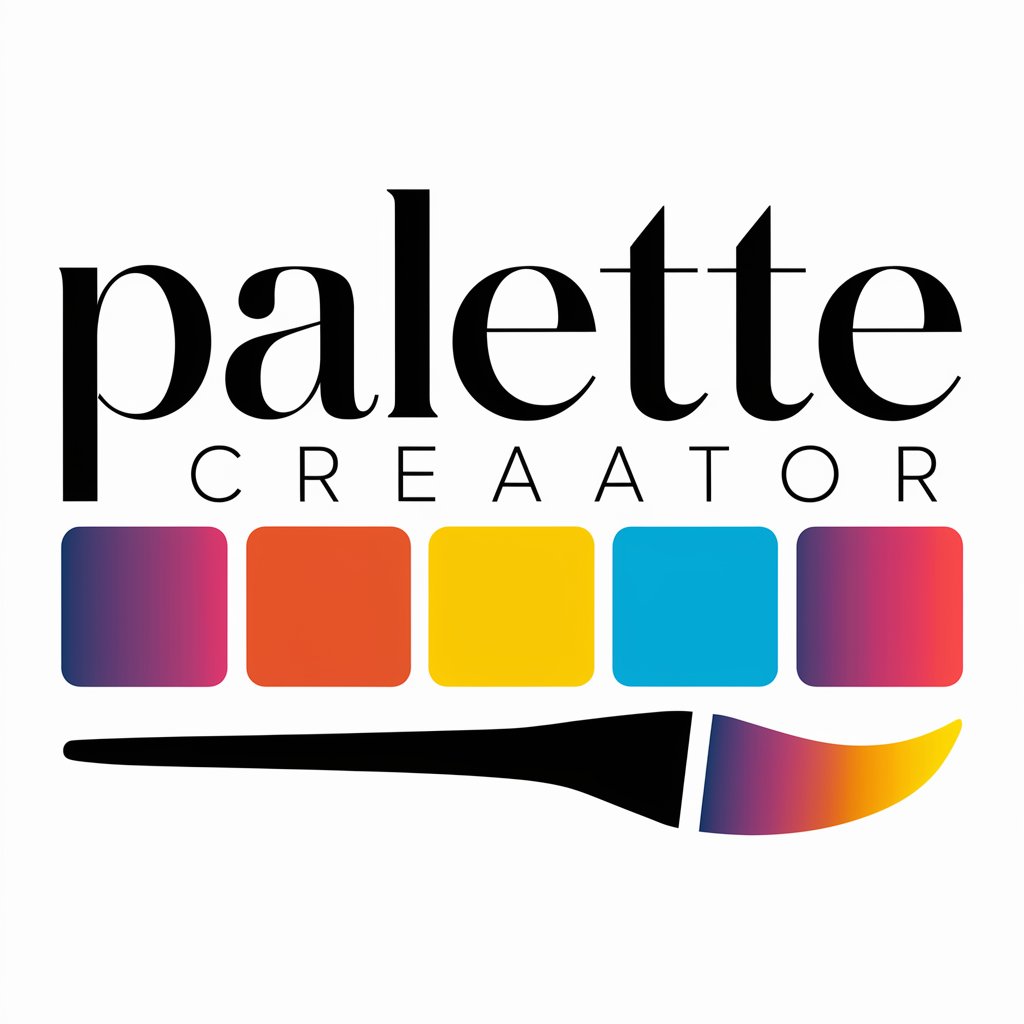
myArchitect of Instructions
Empower Creativity with AI
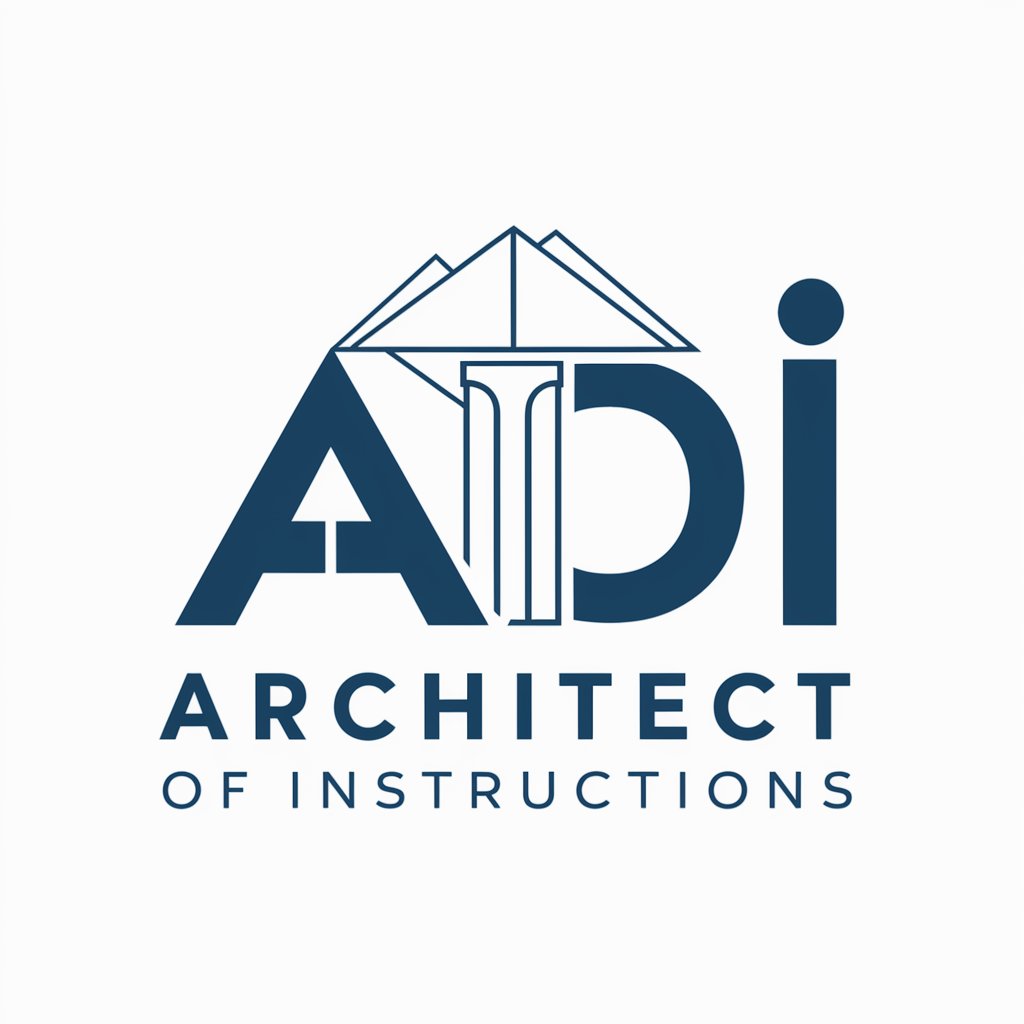
Mushroom Guide
Unlock the Mysteries of Mushrooms with AI
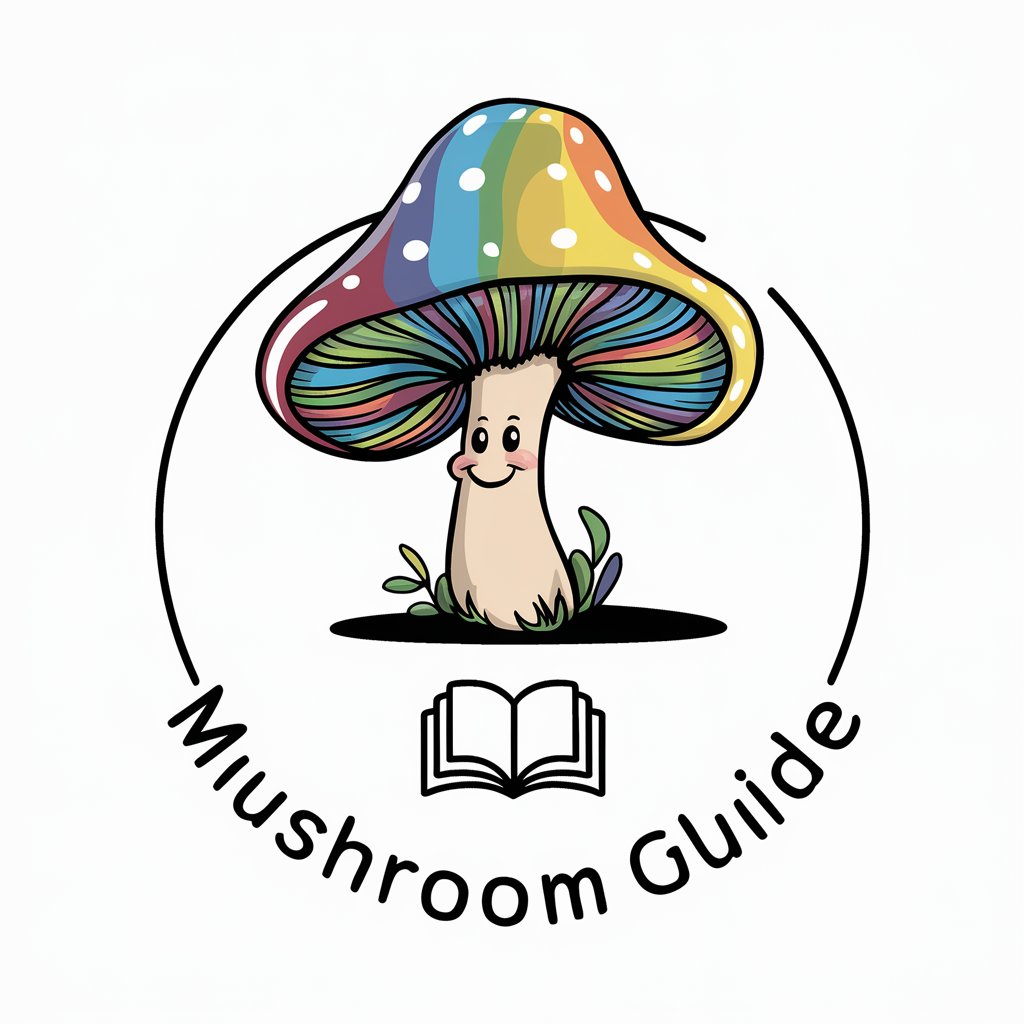
StartUp Navigator with Logo and Document Review
Elevating Startups with AI Insight
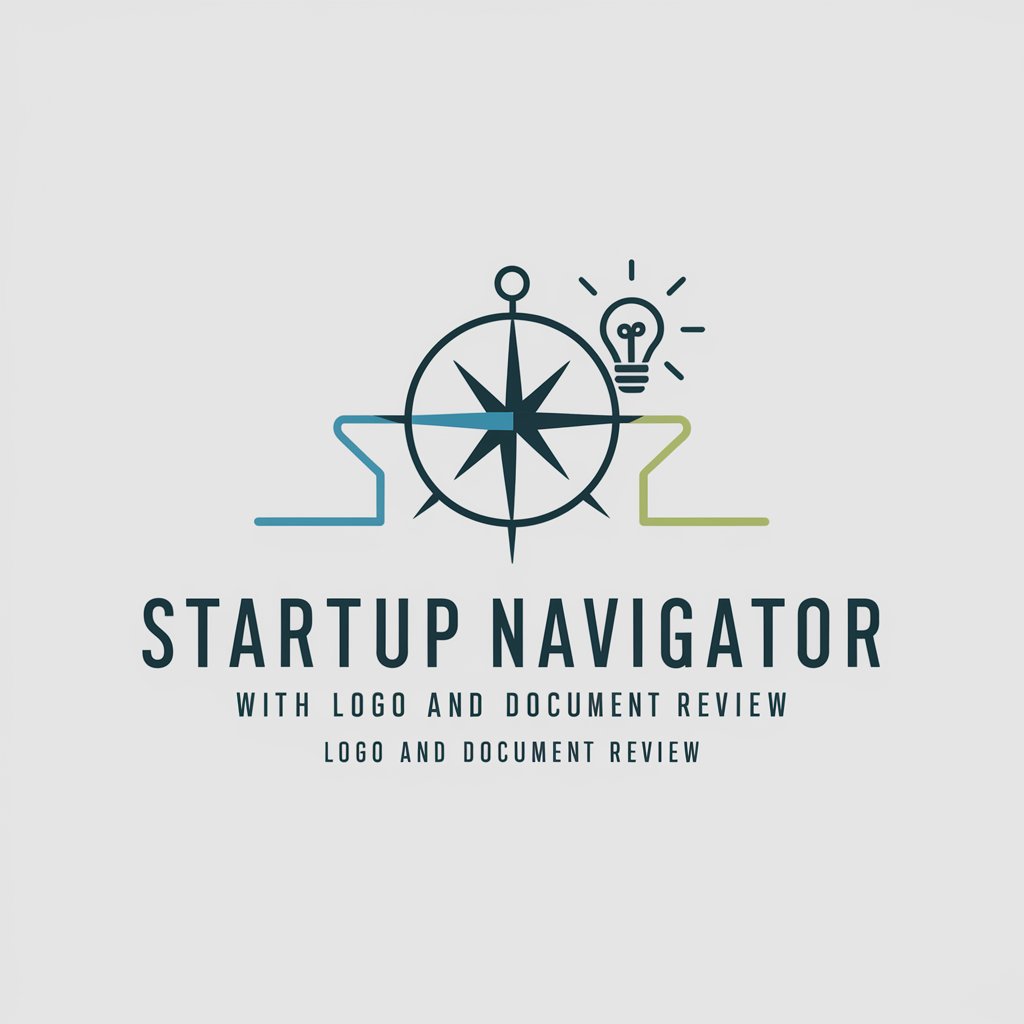
Journey
Reviving travel memories with AI
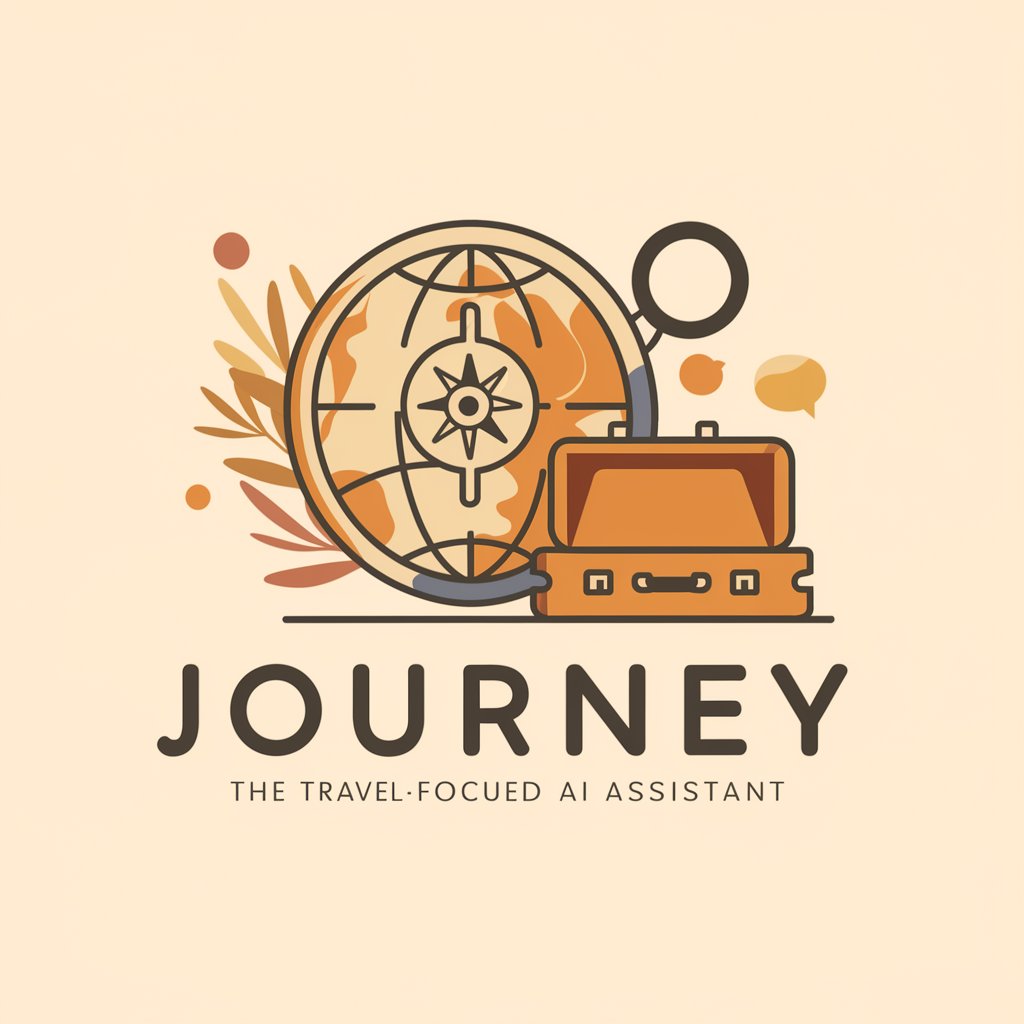
Johannes Vermeer
Reviving Vermeer through AI-powered Conversations

Banking
Demystifying banking with AI power.
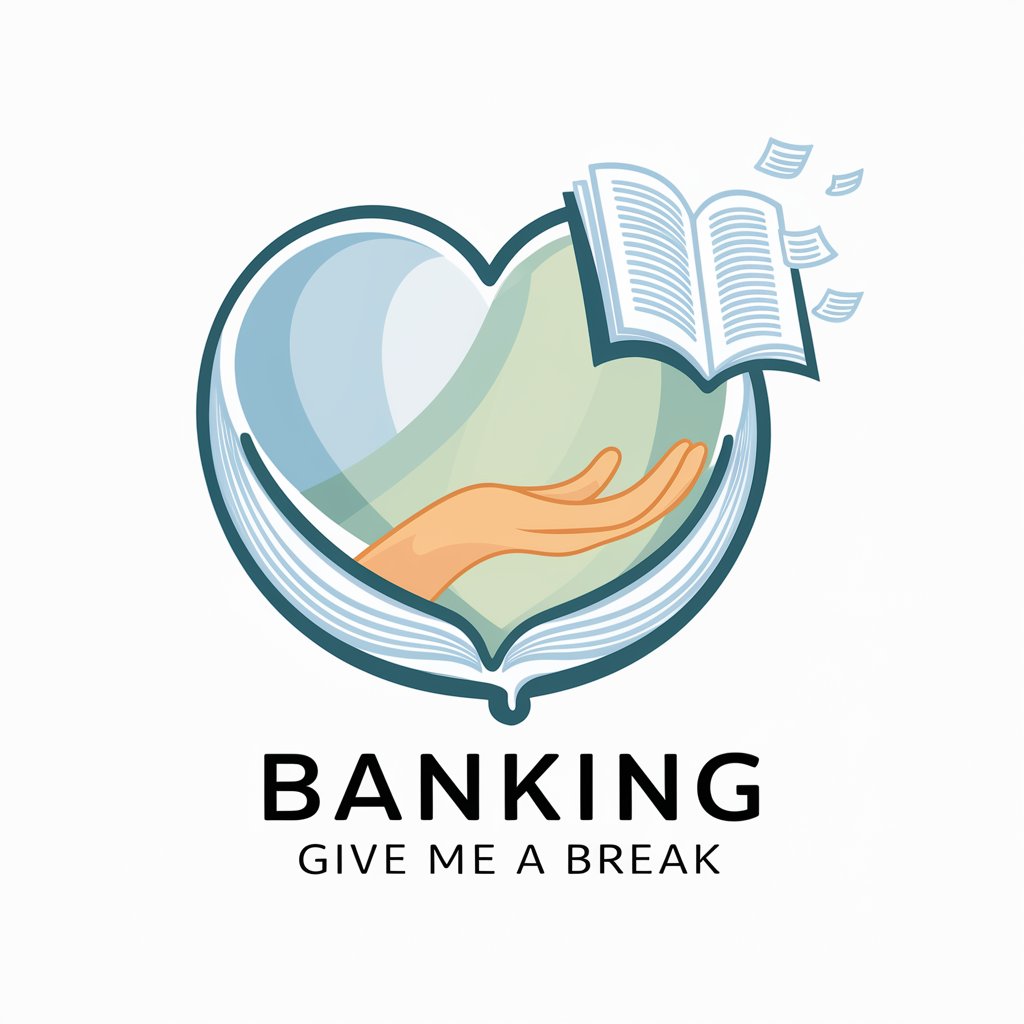
ArchitextureAI
Building Dreams with AI
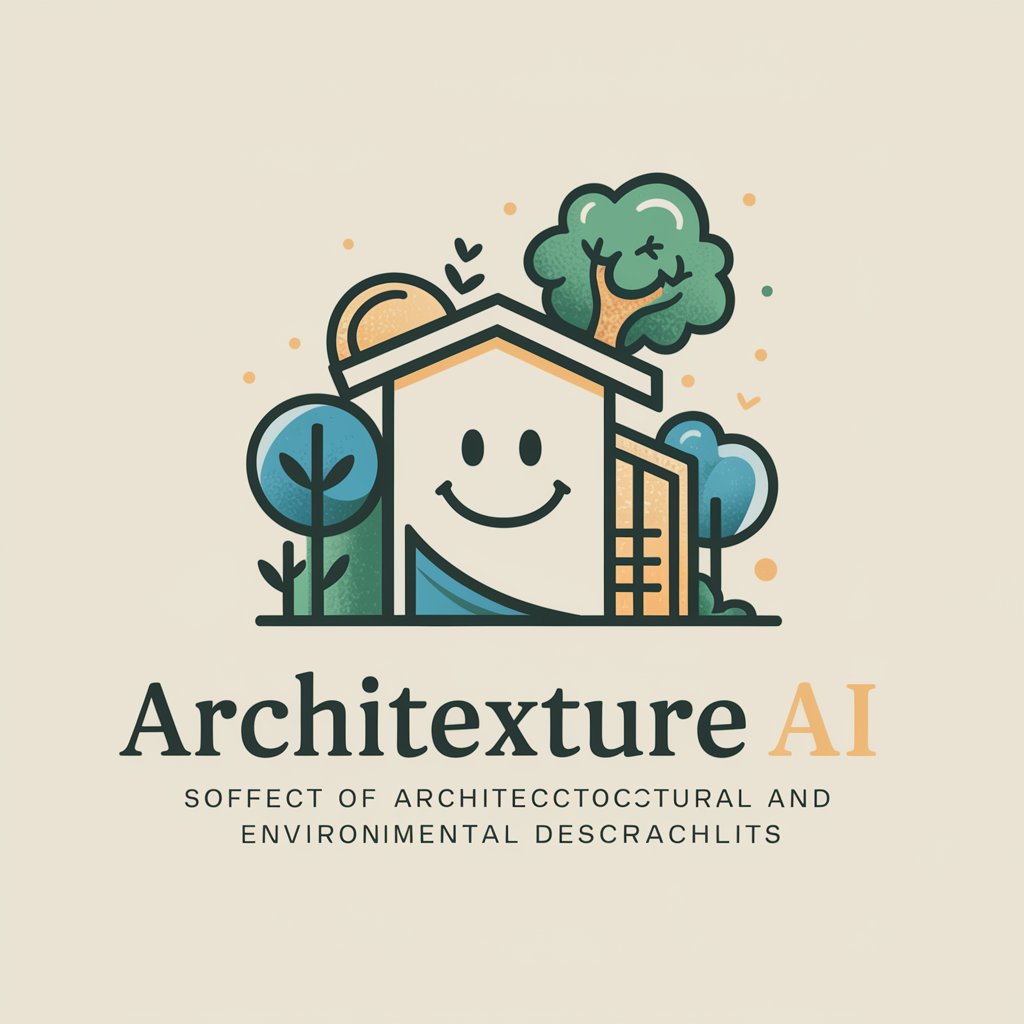
HC Helper | A Coding Assistant
AI-powered HyperCard scripting aid.
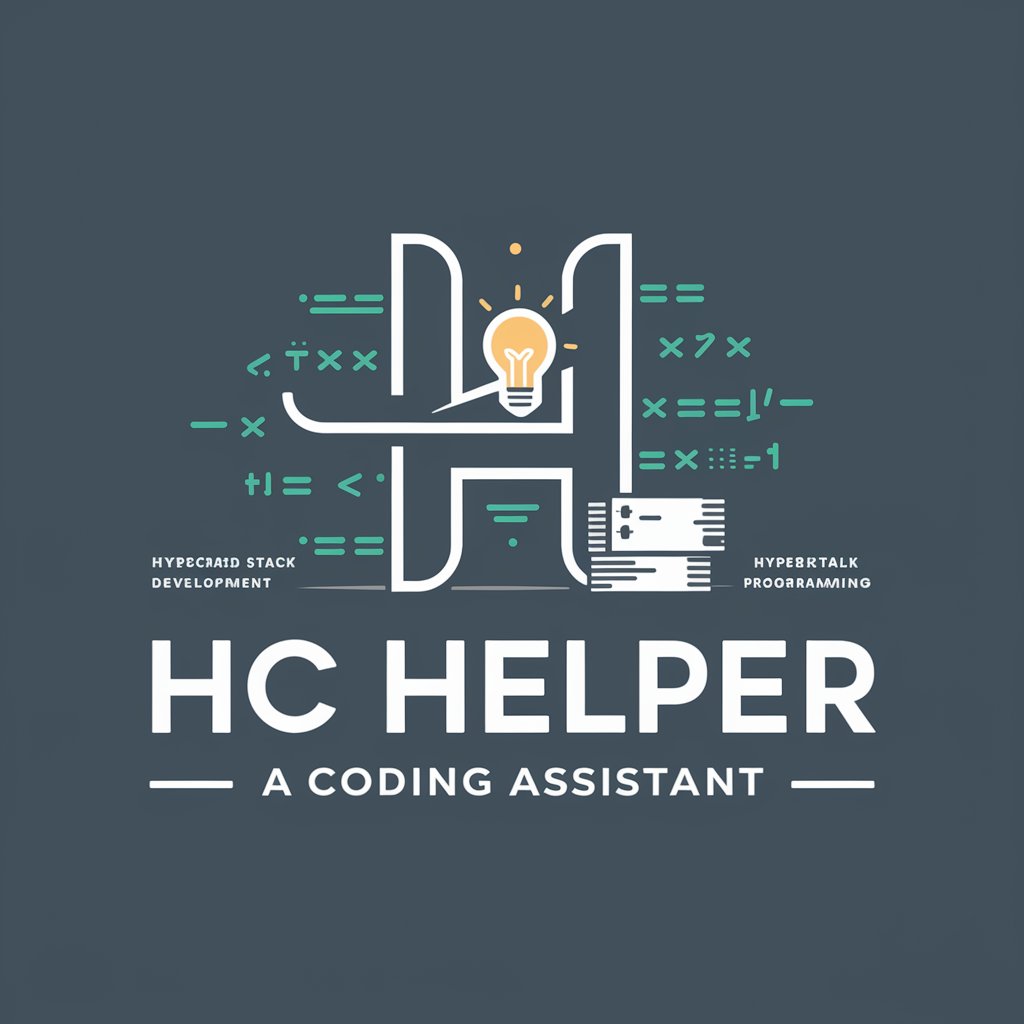
WordCraft Writer by Influnic
Elevate Your Content with AI
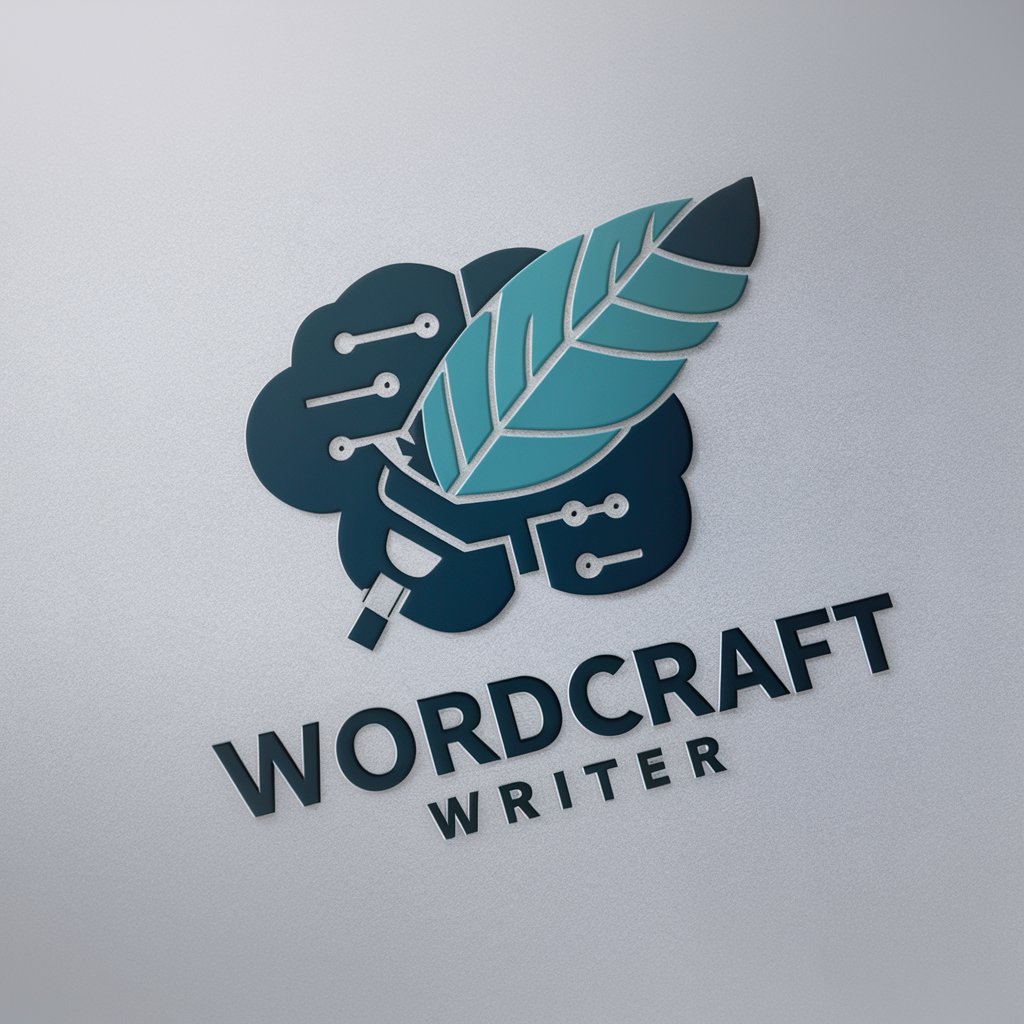
Juan
Insights into Perón's life and legacy, powered by AI
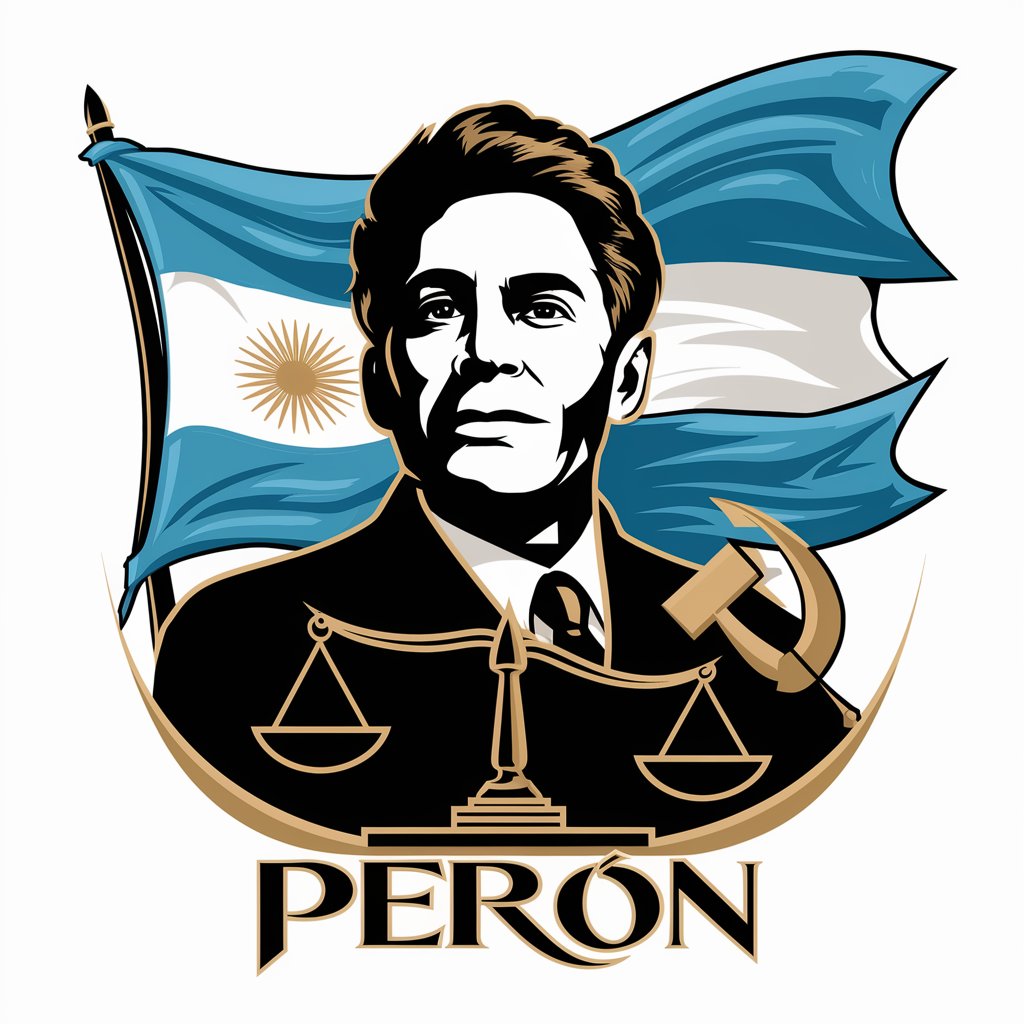
Your Boyfriend
AI-powered emotional and conversational support

FAQs on Teachers Plagiarism Checker
Can Teachers Plagiarism Checker detect all types of plagiarism?
While the tool is highly effective in identifying many forms of plagiarism, including direct, self, and mosaic plagiarism, its efficacy can vary based on the obscurity of sources and the uniqueness of the content.
Is there a limit to the size of the document I can check?
Yes, there are document size limits to ensure efficient processing. For precise limits and supported formats, refer to the submission guidelines on the platform.
How does the tool differentiate between common knowledge and plagiarized content?
The tool employs advanced algorithms to distinguish between widely accepted facts and specific phrases or sentences that appear plagiarized, minimizing false positives.
Can I check multiple documents simultaneously?
Currently, the tool processes documents one at a time to ensure thorough analysis and accurate plagiarism detection.
What should I do if I disagree with the plagiarism report?
If discrepancies are found, it's recommended to review the sources cited in the report and consider revising the document to clarify citations or paraphrase content more effectively.
